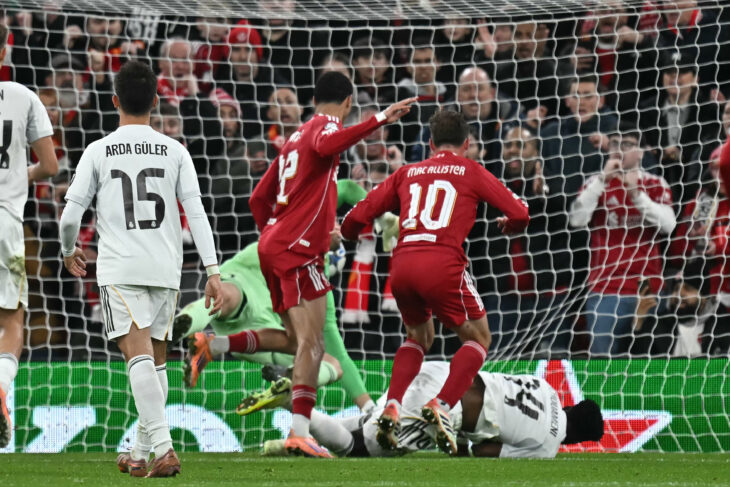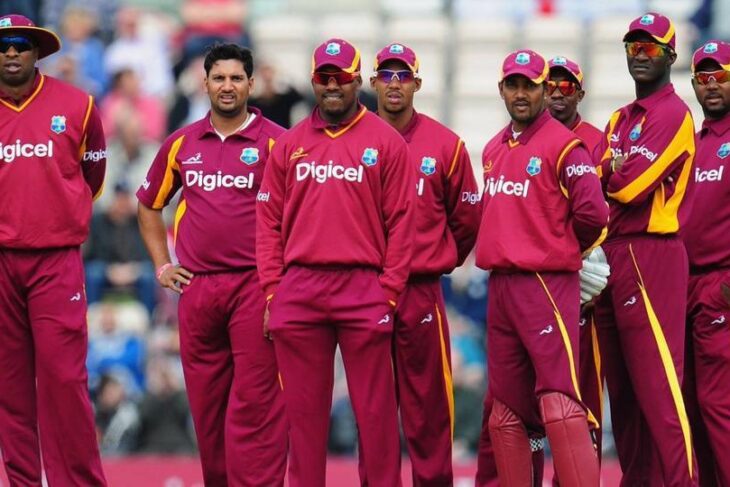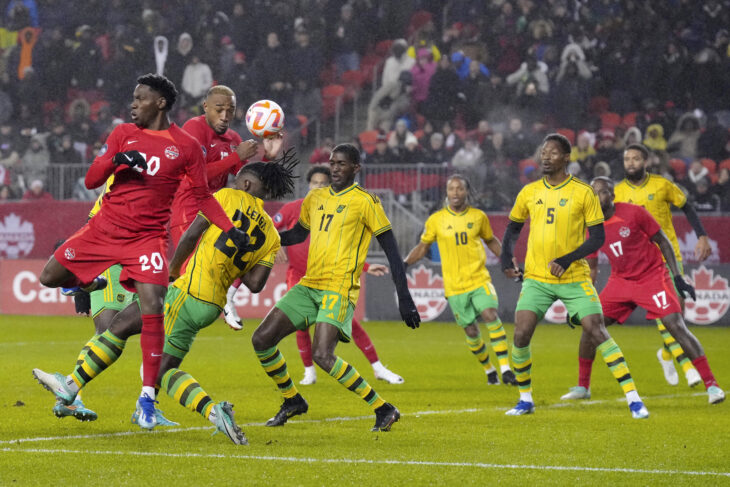
Indigenous Jamaican language is nothing if not brilliantly colourful and descriptive.
I’m sure many of us have come across someone temporarily (hopefully) short of breath who gasps “Mi cyan breed.” Well, this is exactly the clear and present danger facing local racing.
The breeding industry has been slowly choking for decades and is now in need of intubation. Credible sources tell me less than 150 live foals were produced at stud farms island-wide this year. It’s anybody’s guess how many will make it to a yearling sale 18 months later.
There are many causes but none greater than Government ambivalence. Despite providing more than 90% of Jamaica’s eventual racing product, Breeders have been ignored by Government for decades. So it’s no surprise the product has consistently declined in quality until our “Classics” rarely have more than one real contender.
It took 21 years for Caymanas Park to produce its first Triple Crown winner (ROYAL DAD; 1981). Since then there have been eleven more. This year, so long as one of the two Guineas winners, so vastly superior to this pathetic three-year-old crop, stays beyond 2,000 meters another is assured. Insofar as Atomica is concerned, I doubt she’ll even have to stay because she’s the classiest three-year-old filly I’ve seen since Thornbird who, despite being a confirmed sprinter, won the very competitive 1984 Derby under a magnificent ride from Emelio “Bimbo” Rodriquez. Unlike Thornbird (trainer refused to run her in the then 14f St. Leger), Atomica is likely to turn this year’s Derby/St. Leger into boring processions.
The current state of the breeding industry has reached what observant public officials might describe as “a national emergency”. Those farms that survived governments’ gruesome gauntlet are operating at well below best practice standards. Zero vets are permanently employed to stud farms so have to be summoned from afar even in crises. Mares foal alone, often in the middle of the night. There are no pre-natal care facilities; no round-the-clock surveillance or supervision when foaling date is near; no assistance with delivery. Stud farm managers wake up the next morning; head to pasture and exclaim “Look, there’s a foal!”
So it’s no surprise when many mares spontaneously abort (“slip”) prospective foals; or die on the farm from unknown causes. There’s no enquiry because (Believe it or not by Ripley) Breeders are NOT licensed to the Jamaica Racing Commission so have no regulatory monitoring, supervision or control. The Promoter has announced plans to import racing horses from USA (methods of re-sale/lease still unknown) to boost the racing product. Good on it but that’s not a long term solution.
It’s time for Government to step in and invest in an industry from which it plans to earn massive back-end revenues. On March 4, 2022 (“Does Horseracing have a future”) I proposed, amongst other reforms “Government should incentivize breeders with a National Stud instead of breeders’ bonuses.”
Unless a change is made, breeding, and consequently horseracing as we know it, will be deader than Johnny Depp’s career. SVREL subsidizing imports and Government handing out “Breeders’ bonuses”, although welcome, is too little too late for an industry gasping for air. Also, in Jamaica’s racing and breeding, quality is the problem. National economic deterioration and Government neglect has impoverished Breeders so they buy cheap American bloodstock unwanted even in USA. Occasionally local breeders get lucky and a stallion or two is good enough to produce decent progeny but the domination of one or two stallions over 20 years establishes that one-trick pony isn’t cutting it.
American bloodstock comes from American horses habitually racing under the influence of Lasix (Furosemide, a diuretic that reduces internal bleeding) and “Butes” (Butazolidine or Phenylbutazone, an anti-inflammatory pain killer). These are, in my opinion, transparently performance enhancers (Lasix lowers blood pressure while “Bute” relieves pain) but also come with unsafe side effects including water and salt/mineral loss (Lasix) and dangerously low white blood cell counts (Bute).
From a breeding perspective, when used as raceday medications instead of occasional off-training treatment, these drugs mask persistent problems which the animal carries to the breeding shed and passes on to progeny. Consequently we produce bloodstock prone to frailties and injury resulting in lower standards and smaller fields.
A National Stud would be able to purchase higher quality stallions from Europe and offer their “services” to local mares at reduced fees. Our Breeders recognize the significantly higher quality of European bloodstock but complain that transportation costs (plus import duties) make these acquisitions prohibitive. When Jamaican racing was competitive, the system of officially handicapping horses had nothing to do with it. We were producing better horses hence a more competitive product. Stallions like Royal Hunt Cup winner Zaleucus (many times Champion sire of Reprieve; Mercury; Naheelah; O.B. Kanobi; Ramvin; Rimsky; Tachyon; Sun Gazer etc); Secret Man (sire of Forceful,Native, triple crown winner Hello Poochie Liu, Trance; Oberon (sire of Charisma, Fairy Chant, Titania and multiple classic winner producing mare Park Lane); Blue Nile (sire of Rameses) produced top class racers able to compete without need for any race day medication.
Legendary Legal Light was bred by English stallion Element (a son of St Paddy and grandson of Hyperion) out of Irish bred Portia (by Babur). Element also sired Brenda’s Star (a part of that bang-up 1984 Derby finish won by Thornbird); Common Law, Eclipse, Ettu and Liu Chie Poo. Dominant 1976 Derby winner Reca was bred by Great Britain’s Dungaree. 1972 Derby winner Balladier was bred by Chevalier, a Jamaican stallion himself bred by French stallion Faubourg out of French mare Verite.
Need I say anything more?
DEPARTMENTS:
Clocked-In
Abbreviations: CT = “Corrected Time”; TV = “Track Variant” (a calculation of track conditions’ effect on official times to arrive at “real/corrected” times); TVs are expressed in fifths of a second; “minus” (-) means a fast track; “plus” (+) a slow track (e.g -2 is fast by 2/5th second). Variants beside horse’s names represent the difference between its official time and the grade standard.
JUNE 4, 2022 [TV+0.4 per 200m (Round); +1 (straight)]
ATOMICA (-17) On a slow (yes SLOW) track, she was devastating producing the best 1,000 Guineas performances in decades. Her facile 17 lengths win and her unbelievable 1:37.0 clocking converts to a CT of 1:36.2 which is simply out-of-country. Grade 1 standard is 1:37.2!
SUNDAY JUNE 5, 2022 [TV+0.4 per 200m (Round); +1 (straight)]
BLUE VINYL (-10) romped the 2,000m Guineas by 11 lengths in 1:37.4! His CT (1:37.1) is 1/5th second faster than Grade One Standard. It’s unfortunate he’s likely to face ATOMICA wherever he runs next.
JUNE 11, 2022 [TV+0.2per 200m (Round); +1 (800m straight)]
THALOS (-7) progressed markedly on his third career start (Race 9; 3yonw2; 1200m; TV+1) winning by 8½ lengths in 1:13.0! His CT (1:12.4) equals Overnight Allowance standard. He’s a sprinter to follow.
JUNE 18, 2022 [TV+0.8 per 200m (Round); +6 (straight)]
D HEAD CORNERSTONE (-6) drew right off final 200m (Race9; 3yo maiden condition; 1600m; TV+6) winning by 5¾ lengths in 1:41.2! His CT (1:40.1) is a second faster than nw2 and 4/5th second faster than nw3 so he has more to win at this sort of trip.
The second MONSIEUR BLUE (-0) earned a CT (1:41.2) that’s 3/5th second faster than maiden special weight (a higher grade). He looks like a real stayer in the making and an attractive each way punt for the Derby. Unfortunately staying races are rarely offered these days.
Overseas Betting Opportunities (OBOs)
We didn’t get together last time but, in 2022’s first column (January 7; What’s New for 2022) I wrote:
“The US Open will begin on June 16 at Brookline Club in Massachusetts where then unknown amateur Francis Ouimet won the 1913 US Open (inspiring plenty including the 2005 Disney movie The Greatest Game Ever Played) and young English bulldog MATTHEW FITZPATRICK won a US amateur championship in 2013. Fitzpatrick has long been on my shortlist as a potential Major Champion and this is his best chance.”
Allrighty then! He was available at 55-1 when that was written and duly completed an exciting one stroke win (started the tournament at 25-1) over perennial bridesmaid Will Zalatoris. Yum yum.
The Irish Derby is scheduled for tomorrow. The howling favourite is English Derby third Westover (repeatedly denied a clear run; seemed unsuited by Epsom) but I prefer the value associated with David Simcock’s CASH who just failed to catch Westover at Sandown (April 22; Group 3 Classic Trial; 10f) on only his second run and is likely to improve markedly for the additional real estate.
Here’s a notebook horse coming out of Royal Ascot:
SAGA [3yo gr.c Invincible Spirit-Emily Bronte (Machiavellian)] slowly into stride for the first time in five career starts, Saga got going inside the final furlong and flew late just failing to catch expertly ridden winner Thesis. He’s unexposed, progressive and looks a Group winner-in-waiting so is one to keep onside for Glorious Goodwood.
Good Luck!



